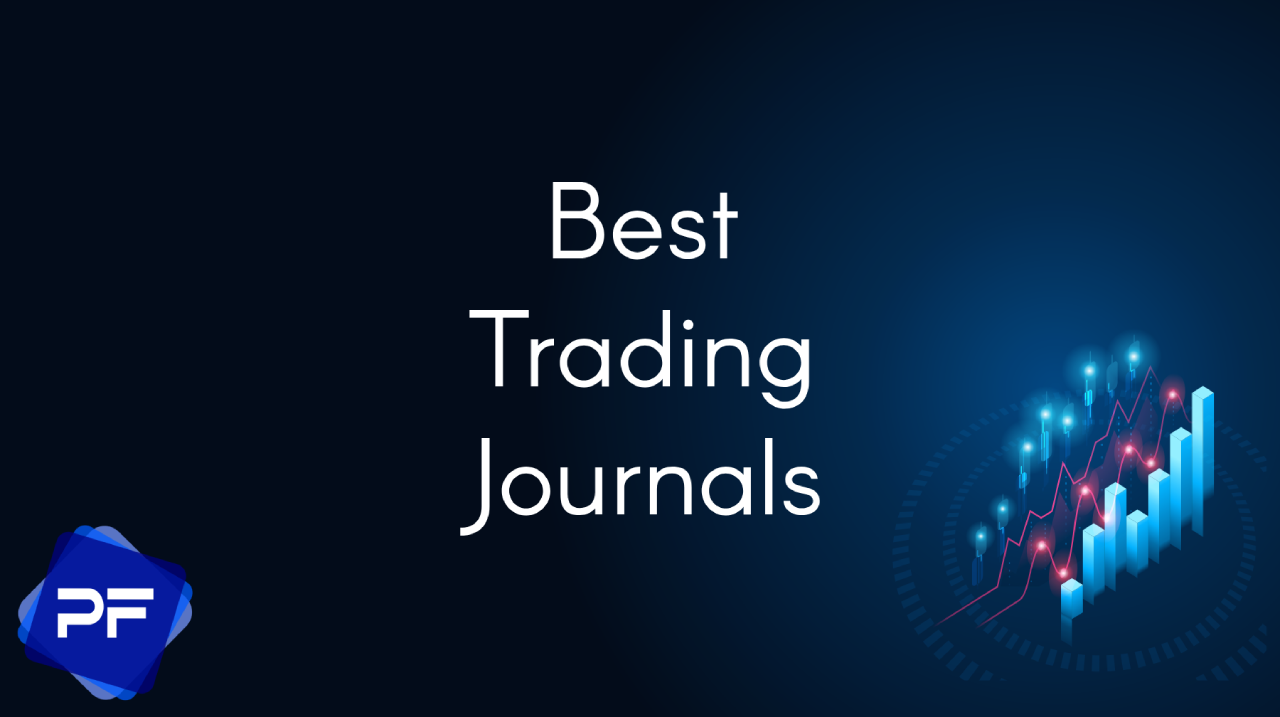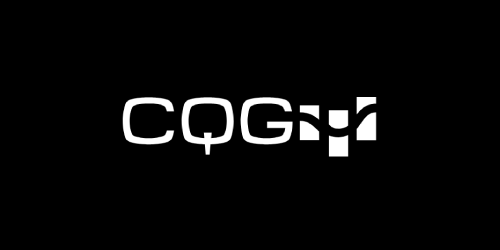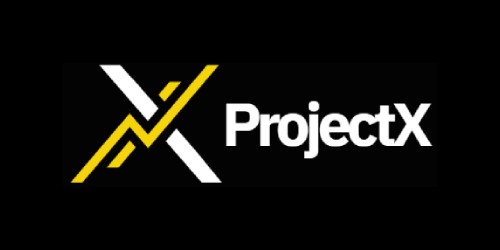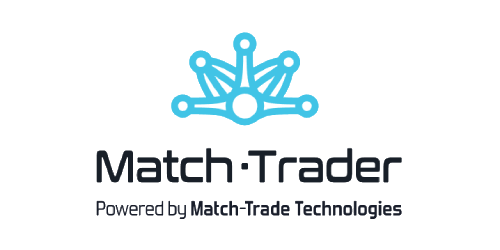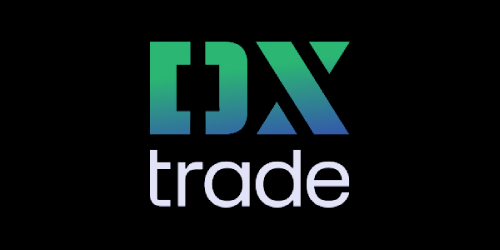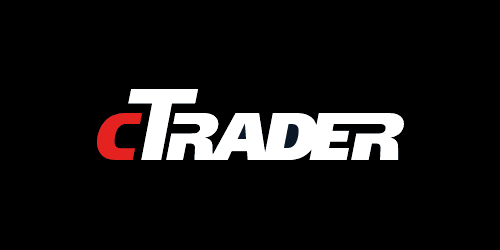Types of Trading Tools
Trading tools help traders to better understand financial market data. This can be in the form of advanced visualization, but also detailed data analysis. Trading tools are typically web-based applications that can be used on Windows, macOS, iOS, and Android devices. Yet, especially active traders still prefer installable software, which often only runs on Windows, but comes with the big advantage of much faster real-time data transmission and often more extensive functionalities and features.
Charting Software and Technical Indicators: Charting software visualizes market data in a convenient manner. Charts can have different types that visualize the data in different ways, where candlestick, OHLC, and line charts are the most popular ones.
Stock Screeners: Stock screeners quickly scan the market for defined criteria. Frequently used scans are the pre-market movement, opening gap, high-momentum stocks, and high relative volume. Stock screeners scan the market in real time.
Market News: Market news tools are great if you want to quickly know why a stock or index is moving fast and with above-average momentum. Typical news can be earnings data, profit projections, and product news.
Trading Platforms and Brokerage Accounts: Trading platforms and brokerage accounts closely belong together. All leading online brokers have developed their own trading platforms. While still standalone trading platforms exist, the most convenient ones remain the in-house platforms of the broker.
Trading Journals: Trading Journals help you understand what trading strategy worked best at what time and under which specific market conditions. Many brokers let you connect the trading journal with their platforms, to make it possible for you to import and analyze your trading data.
Backtesting Software: Backtesting software lets you quickly check what trading strategy worked best in the past. While past results are no guarantee for the future, they can still be a viable source for the determination of the profit potential of specific strategies.
Trading Simulators: Trading Simulators can be used to test trading strategies in near-reality market environments. This is a risk-free way of testing new ideas, also called paper trading.
Market Data Providers: Market Data Providers let cou connect your trading software with exchanges like NASDAQ and NYSE. Most brokers automatically connect you, but if you use 3rd party trading software, you often need market data separately.
Are Trading Tools Worth the Costs?
Each trader and investor should ask themselves whether it is worth it to invest in trading tools. Financially, it is only worth it to buy or subscribe to trading tools if the financial benefits of the investment pay off. Let’s say you pay $100 per month for a trading tool subscription. The trading tools are only worth it if you make more than $100 in additional profits in that month.
While annual pre-paid subscriptions have a much lower average cost per month compared to the monthly subscription, it should be carefully considered if this upfront investment is worth it. A rule of thumb is that you should always start with a short-term payment commitment, and only buy upfront for longer periods, if it is proven that the trading tool is worth the costs.



